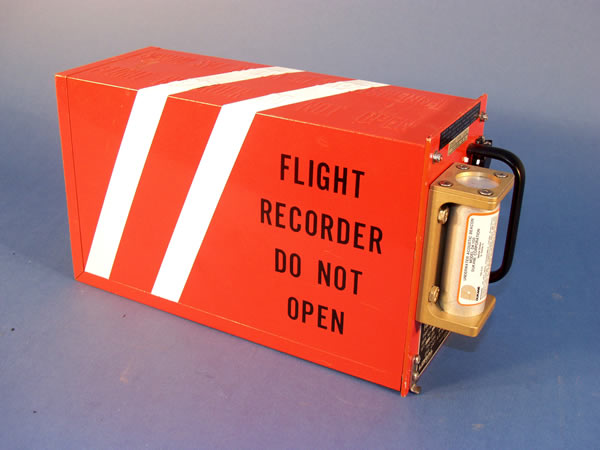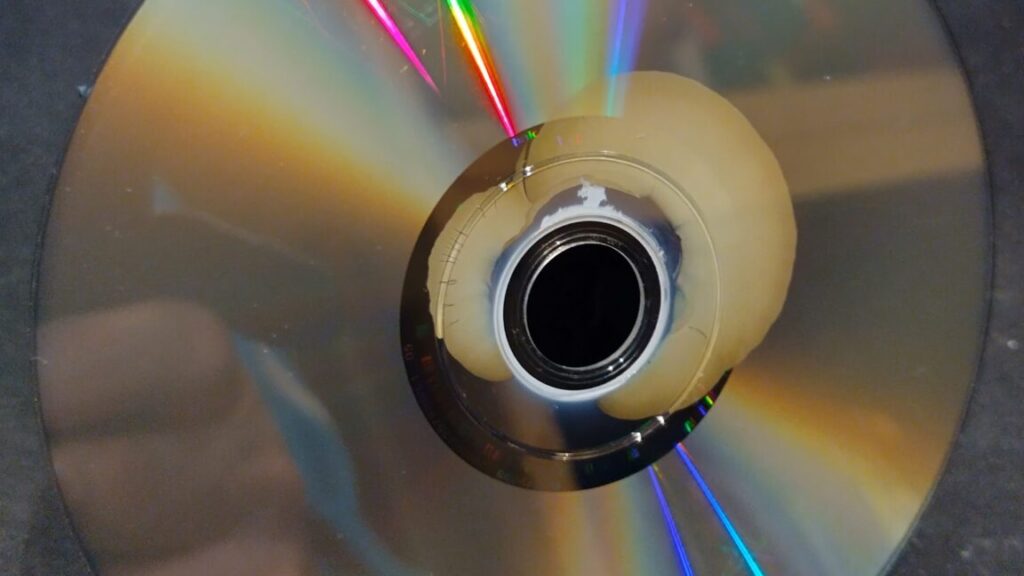New Intel CEO Lip-Bu Tan will pick up where Pat Gelsinger left off
After a little over three months, Intel has a new CEO to replace ousted former CEO Pat Gelsinger. Intel’s board announced that Lip-Bu Tan will begin as Intel CEO on March 18, taking over from interim co-CEOs David Zinsner and Michelle Johnston Holthaus.
Gelsinger was booted from the CEO position by Intel’s board on December 2 after several quarters of losses, rounds of layoffs, and canceled or spun-off side projects. Gelsinger sought to turn Intel into a foundry company that also manufactured chips for fabless third-party chip design companies, putting it into competition with Taiwan Semiconductor Manufacturing Company(TSMC), Samsung, and others, a plan that Intel said it was still committed to when it let Gelsinger go.
Intel said that Zinsner would stay on as executive vice president and CFO, and Johnston Holthaus would remain CEO of the Intel Products Group, which is mainly responsible for Intel’s consumer products. These were the positions both executives held before serving as interim co-CEOs.
Tan was previously a member of Intel’s board from 2022 to 2024 and has been a board member for several other technology and chip manufacturing companies, including Hewlett Packard Enterprise, Semiconductor Manufacturing International Corporation (SMIC), and Cadence Design Systems.
New Intel CEO Lip-Bu Tan will pick up where Pat Gelsinger left off Read More »












